How to Waterproof Outdoor Wood Projects
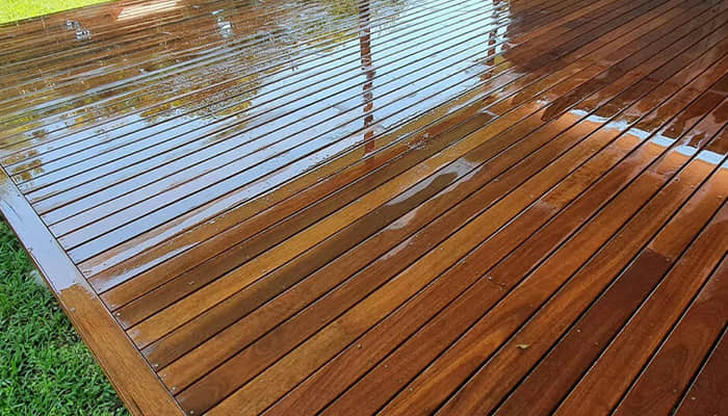
Outdoor wood projects, like furniture, decks, and garden structures, are constantly exposed to the elements. Without proper protection, wood can warp, crack, or rot due to moisture. Waterproofing your outdoor wood projects is essential to ensure they last for years. Fortunately, there are several effective ways to protect your wood from water damage while maintaining its natural beauty.
Choosing the Right Type of Wood
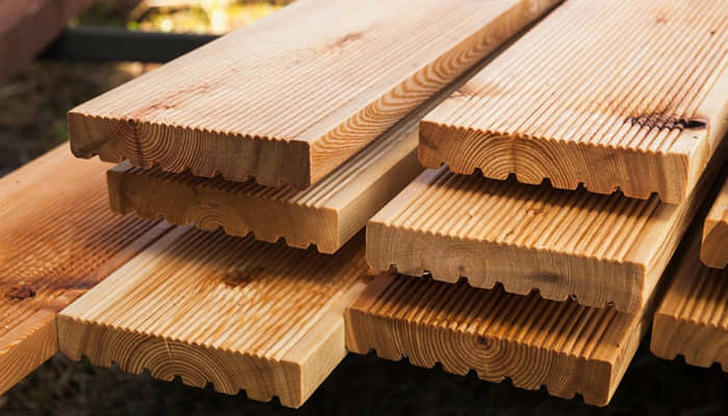
Some woods naturally resist moisture better than others. Hardwoods like teak, cedar, and redwood contain natural oils that help repel water and resist decay. If you're building a project meant to withstand the elements, choosing a durable wood species is the first step in waterproofing.
Pressure-treated lumber is another great option, as it has been chemically treated to resist water and pests. While it requires proper sealing and maintenance, it holds up well in wet conditions and is widely used for outdoor structures.
Applying a Waterproof Sealer
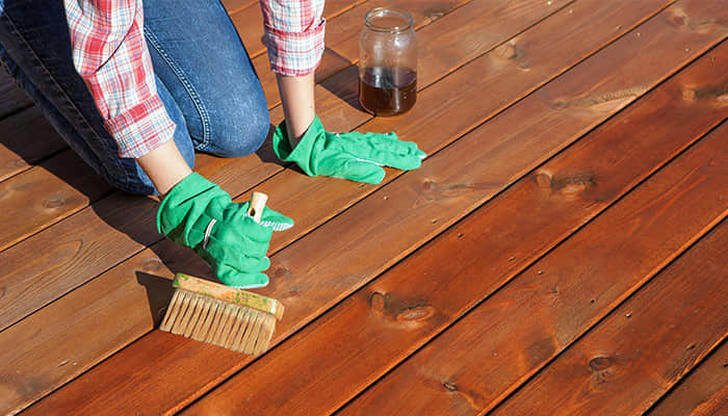
One of the most effective ways to protect outdoor wood is by applying a waterproof sealer. These products form a protective barrier that repels moisture while enhancing the wood's natural grain. Sealers are available in clear or tinted finishes, allowing you to maintain or alter the wood's appearance.
For best results, apply the sealer with a brush or sprayer, making sure to coat all surfaces evenly. Pay special attention to end grains, as they absorb moisture more readily. Reapply the sealer every couple of years to maintain its effectiveness.
Using Outdoor-Grade Paint
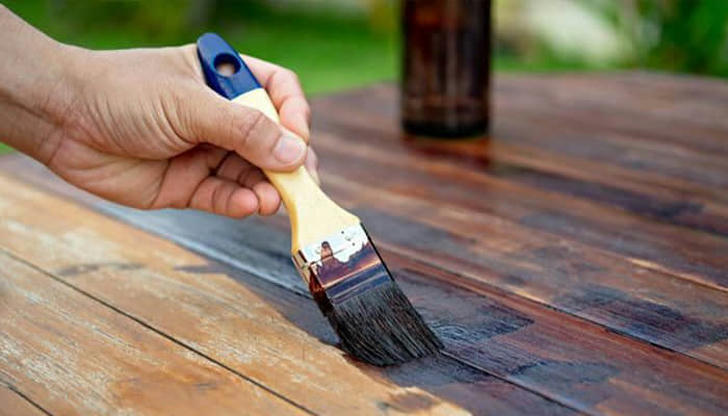
Paint is a great waterproofing option, as it creates a thick protective layer over the wood. Outdoor-grade paint is designed to withstand weather conditions and prevent moisture from seeping into the wood fibers.
Before painting, make sure the wood is clean and dry. Apply a primer first to help the paint adhere better and provide additional protection. Using multiple thin coats instead of one thick coat will ensure a longer-lasting, more durable finish.
Applying Wood Stain with Sealer
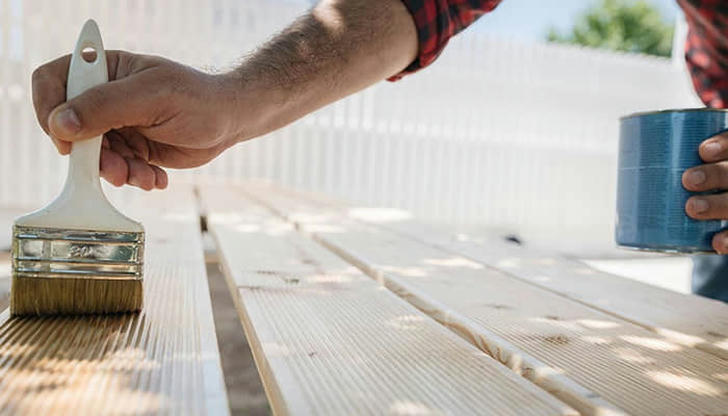
If you prefer a more natural look, a wood stain with built-in sealer is a great option. These products enhance the wood's appearance while also providing water resistance. Oil-based stains penetrate deeply, offering longer-lasting protection compared to water-based stains.
Apply the stain with a brush or cloth, working it into the wood grain. Once dry, apply an additional waterproof sealant for extra protection. Regular maintenance and reapplication will keep your outdoor wood looking great for years.
Using Wood Oils for Natural Protection

Wood oils, such as linseed oil or tung oil, provide a natural way to protect wood from moisture. These oils penetrate deep into the wood, nourishing it while creating a water-resistant surface. They are ideal for projects where you want to maintain the natural wood look without using synthetic finishes.
To apply, use a clean cloth or brush and rub the oil into the wood in circular motions. Let it absorb before wiping off excess oil. Multiple coats may be needed for optimal protection. Keep in mind that oil treatments require regular reapplication to remain effective.
Installing Proper Drainage and Ventilation
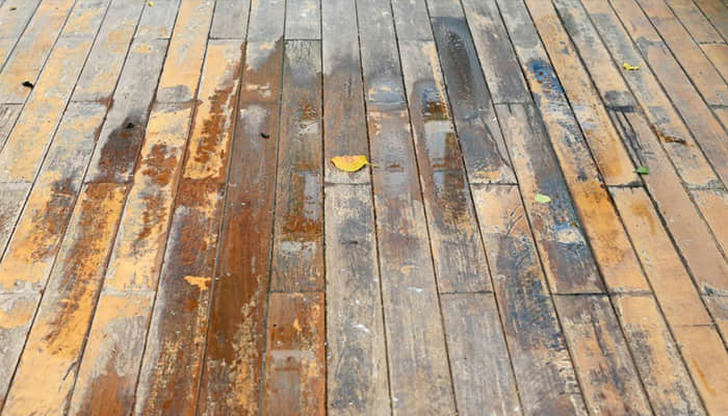
Even with waterproofing, moisture can still accumulate if your outdoor wood projects do not have proper drainage and ventilation. For decks, ensure there are gaps between boards to allow water to drain rather than pooling. For furniture, slightly elevate pieces from the ground to prevent moisture absorption from wet surfaces.
Adding ventilation holes or spacing in wooden structures helps air circulate, reducing the chances of trapped moisture. A well-ventilated structure dries out more quickly, preventing mold and rot from developing.
Protecting Wood with Epoxy Resin
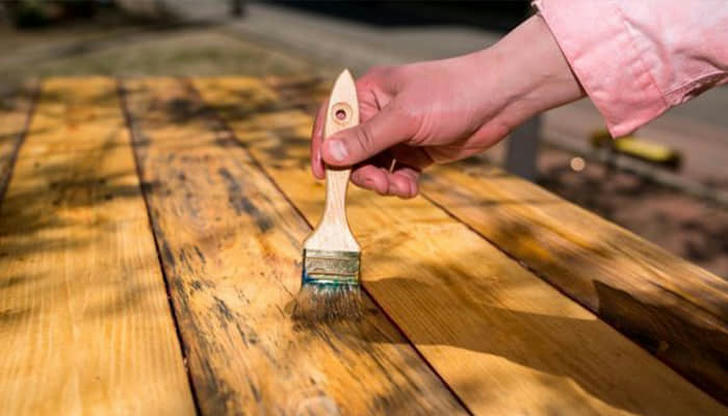
Epoxy resin provides an excellent waterproof barrier, especially for surfaces exposed to heavy rain or standing water. This clear, durable coating is often used for boat building, making it highly effective for outdoor projects.
Apply the epoxy with a brush, ensuring even coverage. Once it cures, the surface will be completely sealed and protected. While epoxy is highly durable, it may require occasional reapplication over time to maintain its effectiveness.
Maintaining and Reapplying Waterproofing Treatments
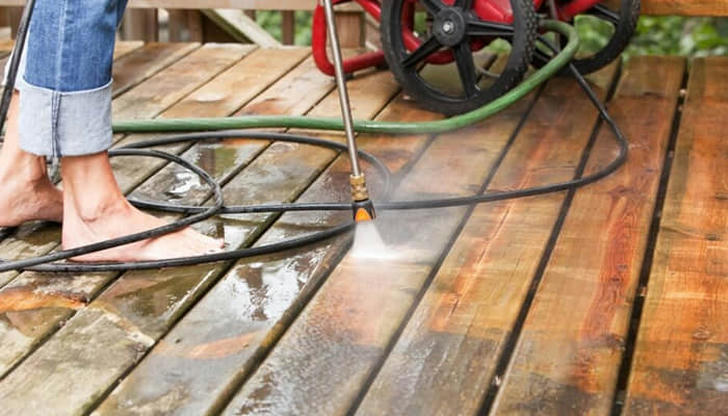
No matter which waterproofing method you choose, regular maintenance is key to long-lasting protection. Over time, sealers, stains, and paints can wear down due to sun exposure, rain, and temperature changes. Inspect your wood projects annually and reapply coatings as needed.
Cleaning your outdoor wood with mild soap and water helps remove dirt and mildew, preventing premature wear. A little maintenance goes a long way in keeping your projects looking great and staying strong against the elements.
Conclusion
Waterproofing your outdoor wood projects is essential for ensuring their longevity and durability. Whether you choose a waterproof sealer, stain, paint, or natural oils, each method has its benefits. Combining proper drainage, ventilation, and regular maintenance will help your projects stand the test of time. With the right protection, you can enjoy your outdoor wood creations for years to come.
